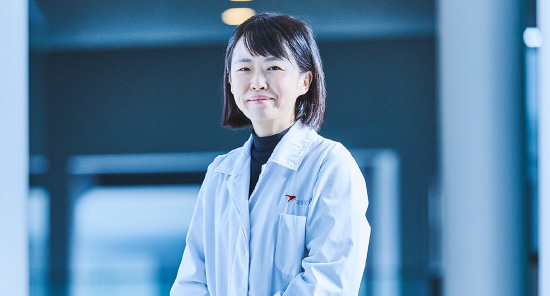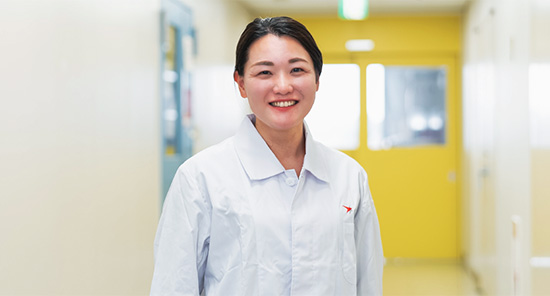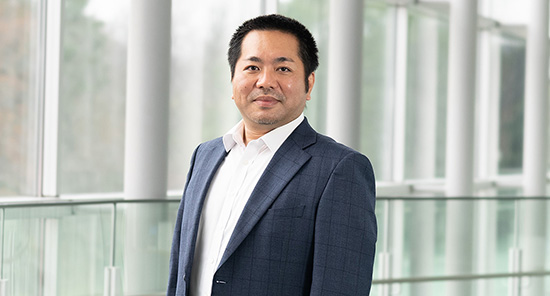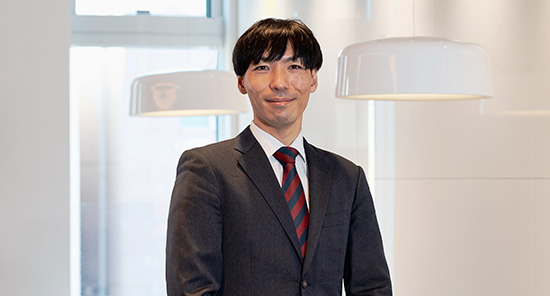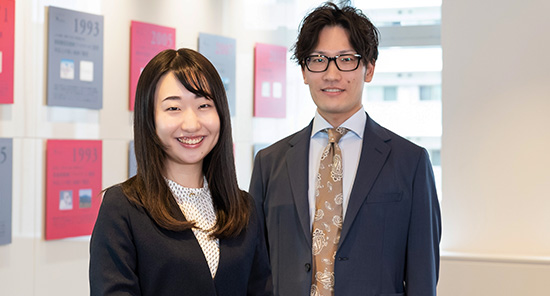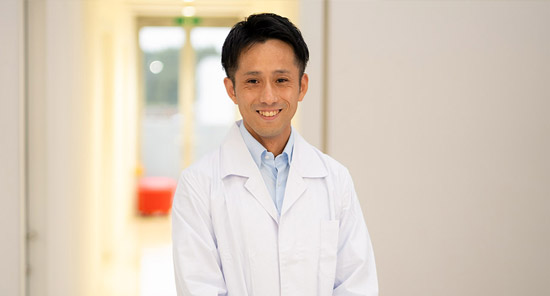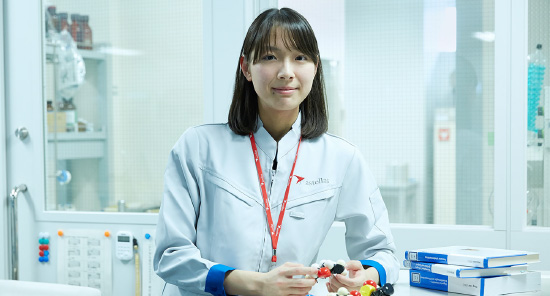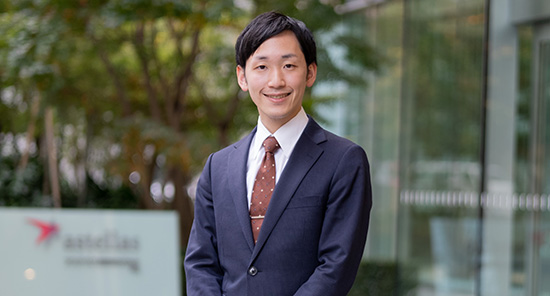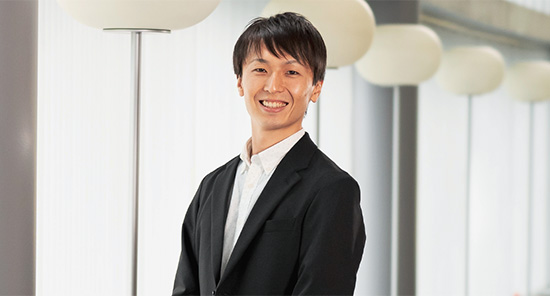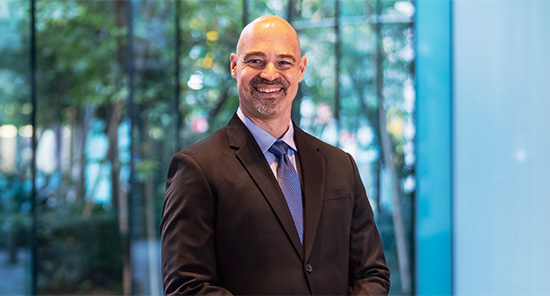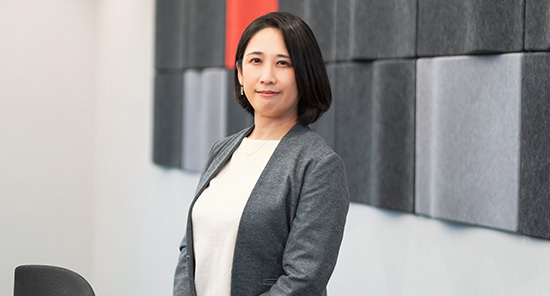Interview

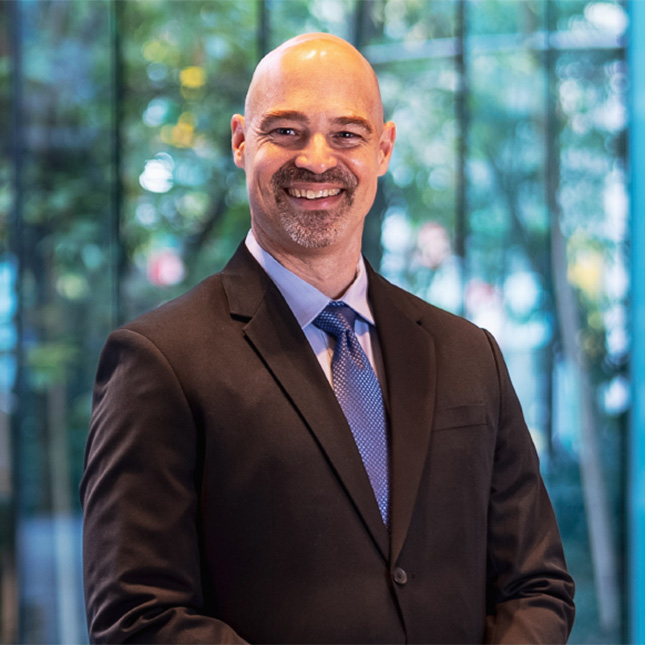 To Improve Patients’ Lives
To Improve Patients’ Lives
Launched to deliver patients’ voices
Patient centricity is a concept that takes a “patient-centered” approach. Patient centricity is defined as a process in which patients’ voices are included at every phase of drug development, from the stage of designing the development concept through to planning and conducting studies, and submitting applications for approval. By 2016, patient centricity was considered as a movement that should be taken up by the whole pharmaceutical industry. In response to this movement, Astellas established the department for patient centricity in 2019.
Astellas believes patient centricity is about listening to patients’ voices and communicating those voices by applying them to specific procedures and systems. Our primary focus is to improve patients’ lives, and it’s essential to take an approach from the standpoint of both treatment and care to achieve this. We can use pharmaceutical products to “treat” illnesses, but that alone can’t “care” for patients’ anxiety, fatigue, and distress. We need to consider all of these aspects to define a meaningful patient centric approach and to put it into practice.
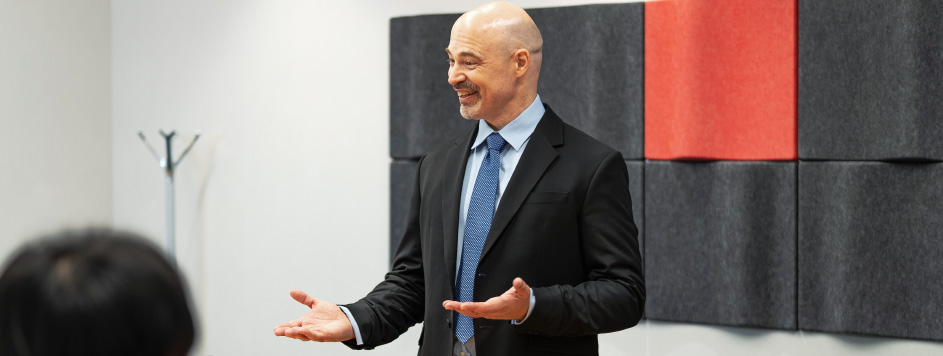

To solve this problem, Astellas stationed five specialized teams across the globe. The five teams consist of the “Patient Partnership” team, which establishes systems to facilitate communication with patients, the “Medical Intelligence/Patient Insight” team, which assists research and project teams that are in the early phases of development, the “Patient Insight/Solutions” team that provides practical insights and suggests personalized solutions to the programs in later stages, the “Behavioral Science Consortium” team that collaborates with behavioral scientists to develop a deeper understanding of the behaviors of patients, healthcare workers, and caretakers, and the “Strategy & Integration” team that works on organizational structure, competence development, and process construction.
As a member of the “Strategy & Integration” team, I work to reform the mindsets of all our 15,000 employees. Our goal is to enable each of our employees to proactively examine whether our day-to-day actions are appropriate for patient needs, can lead to our personal growth, and have the ability to develop our projects. At the moment, we’re going ahead with discussions with the heads of other departments, healthcare workers, and patients to work out how we’ll be launching our department.


Approaches to fostering the culture of patient centricity
In addition to reforming our employees’ mindsets, our duties also involve cooperating with Astellas’ departments around the world to foster a patient centric culture. Establishing a patient centric culture will enable each employee to understand the importance of putting themselves in the shoes of patients and caregivers. We’ll also be able to naturally incorporate patient centric ideas when making organizational decisions at each stage of drug discovery, including research, development, and supply. We aim to increase our focus on patients by collaborating with every department. For example, we recently joined forces with the human resources department and have been trying out various things to get all our employees involved.
One of the things we do is collect information through questionnaires. From two years before the opening of the patient centricity department, we’ve been asking employees to answer the question, “What does patient centricity mean to you?”
We prepared five levels of responses in this questionnaire.
I’m not interested in patient centricity.
We need patient centricity right now.
I think patient centricity is important, but I’m not sure where to start.
I’m already thinking about specific things I can do for patient centricity.
I want to work on patient centricity by collaborating with other departments.
The purpose of the questionnaire is to bring our employees’ awareness to the fifth level. Through this questionnaire, we can recognize our company’s focus on patient centricity, and we’re also seeing some changes in employees who used to have no interest in the topic.


Caring about patients creates innovation
“Solve-a-Thon” is an innovative challenge that all employees can participate in, and it’s a large project that promotes change in employees' awareness. The purpose of the challenge is to utilize the diverse knowledge, experience, and skills of employees to generate ideas that can be used to support patients and turn these ideas into actual projects. We’ve had 56 ideas so far, including apps, devices, and awareness-raising activities for diseases. Ideas from four teams have been selected, and we’re actually working towards launching these projects.
Around 150 employees participated in “Solve-a-Thon”, forming 56 teams altogether. Some employees were concerned, saying, “Won’t it be difficult to come up with ideas if our work doesn’t involve patient interaction?” But it was clear that we didn’t have to worry about that when we saw everybody’s ideas in this challenge. As long as you have the aspiration to help patients and their families, it’s possible to develop ideas using your experience and work and turn them into reality. We run this project on a regular basis in the hope of bringing our employees’ awareness to the fifth level in our questionnaire: “I want to work on it by collaborating with other departments.”
We’re currently planning to open a school where employees at Astellas can learn about patient centricity. The completion of the course will enable staff members to apply patient centricity to our current work. I also want employees to be able to use the course to demonstrate their knowledge and experience in patient centricity if they decide to leave Astellas.
Patient centricity is a crucial concept for the future of the healthcare industry. I believe that gaining a fundamental understanding of the healthcare setting surrounding patients and realizing the importance of knowing what we can do, and acting on it, will lead to career growth.

